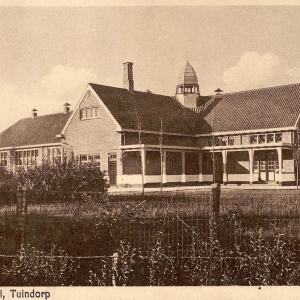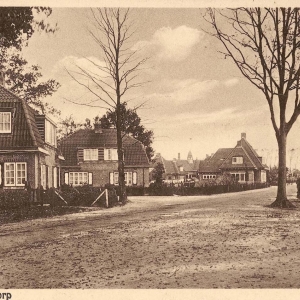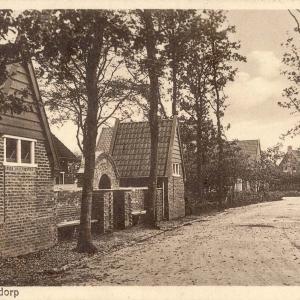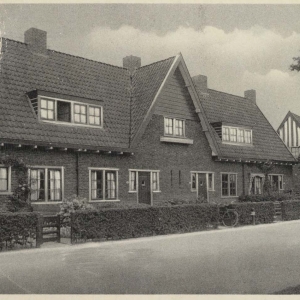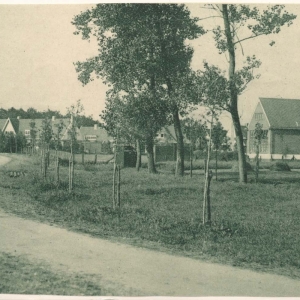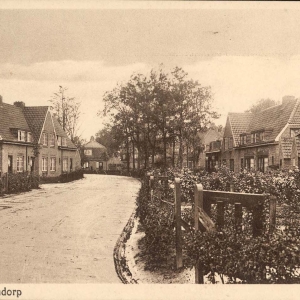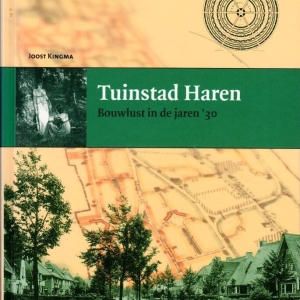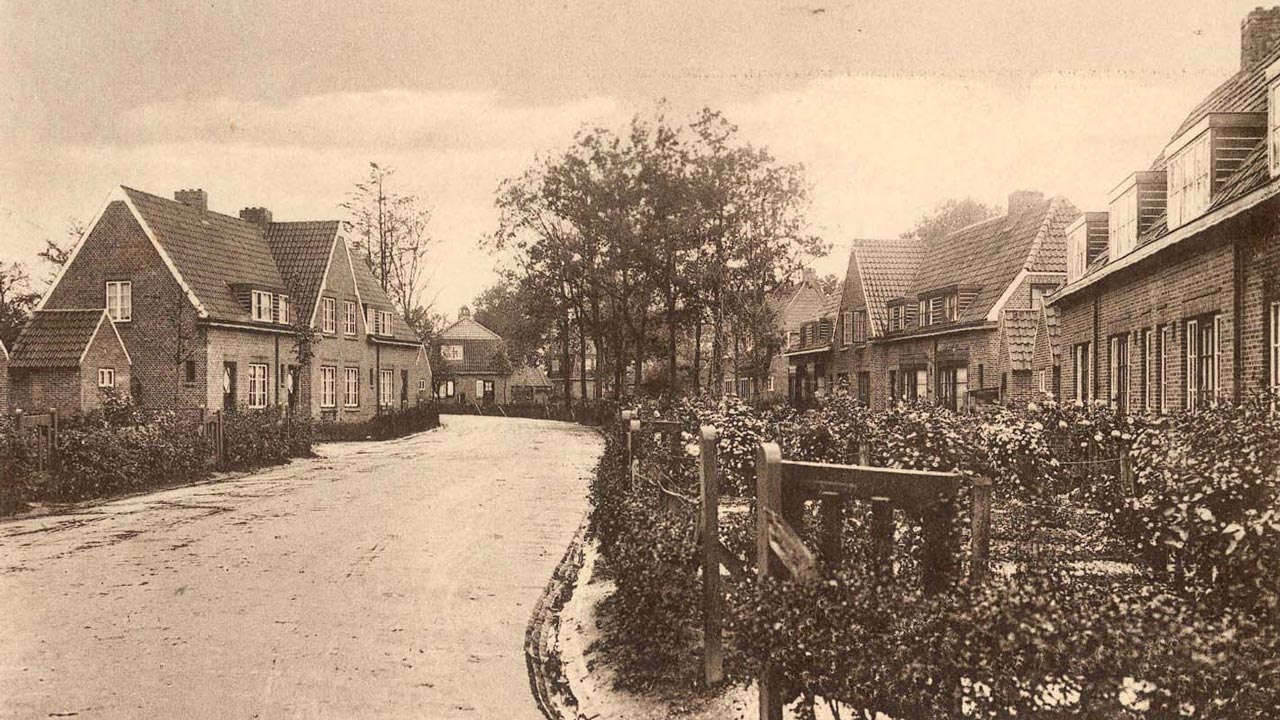
Tuindorp
Haren, Netherlands
A factory suburb in Haren where the influence of the garden city idea can be seen.
| Garden City Type: | Mixed (housing association / municipality / other) |
| Country: | Netherlands |
| City: | Haren |
| Years of construction: |
1917 Start construction 1925 Completion
|
| Initiator/client: | Staatsspoorwegen |
| Architect or related: |
Flip Hamers Philippus Jacob (Flip) Hamers (Amsterdam, 2 July 1882 - Bussum, 1 January 1966) was a Dutch architect based in Bussum. In addition to garden village Haren, he designed the De Lessepsbuurt in Utrecht. Flip Hamers on Wikipedia [in Dutch] |
| Heritage status: | No |
| Explanation: | Only the school building is a national monument. |
| General condition of Garden City: | Good condition |
General description
Tuindorp in Haren (Groningen) was commissioned by the State Railways to house the employees of the newly constructed marshalling yard between Haren and Onnen. Construction of the first houses started in 1917; it was completed by the end of 1925. The properties were initially numbered from A594a, A595 and A599 to A713. Later, the total 132 buildings - 127 houses, four shops and a school - were numbered 1 (first-built house) to 132 (last-built house).
Senior staff lived in semi-detached houses, drivers lived on Mezenlaan and Middenpad, shunters on Blekenweg and Tuindorpweg. In the beginning, rent was 3.74 to 4.75 guilders per week (the rent depended on whether or not houses had a shed) and was collected weekly. Incidentally, the current street names (Tuindorpweg, Blekenweg, Spoorlaan, Vijverpad, Mezenlaan, Lijsterweg and Middenpad) were not introduced until 1951.
Architecture / Urban planning
At that time, garden villages were also built elsewhere in the Netherlands after the utopian ideas of Ebenezer Howard – more or less self-sufficient with their own shops, a kind of village hall and a school. Employers felt responsible for housing workers, in a friendly, green environment that included a pond and where rich and poor lived in harmony.
Sources
- Website URL
Old Go: Tuindorp, een dorp op zich [in Dutch]
- Publication
Joost Kingma, Tuinstad Haren. Bouwlust in de jaren '30 (Groningen, 2008).
- Website URL
National monument register school building [in Dutch]

